Recently I talked with a business owner who had put all of their lead development into one particular source. Leads were streaming in—until the platform changed their rules. When that happened, new business came to a grinding halt. It took many months to ramp up a new strategy and the business suffered.
A strategy of leaning heavily into one source of leads is like buying stock in one company and putting all of your assets into that stock. No smart investor would do this. Yet, when it comes to leads for net-new business, this is exactly what many business leaders do.
Smart investors diversify their holdings, owning a mix of various types of assets. If circumstances cause the asset type to underperform the hope is that the others will pick up the slack.
Smart business leaders diversify their sources of net-new business. This ensures that if one lead source stops performing, others can pick up the slack.
At Convergo, we refer to sources of leads as Lead Channels. Think of multiple streams feeding into a river. If one stream dries up, the river still is fed from other streams.
The Lead Channel analogy is similar to the distribution model of many technology companies. A computer manufacturer typically has multiple channels including their direct sales team, channel partners, and retail. Inside each of these channels they have multiple types of channel partners and retailers. This diversification helps ensure consistent revenue.
What Are Lead Channels?
Lead channels are the sources of net-new opportunities for your business. Here are a few common lead channels to get you thinking:
Inbound Marketing
- Digital Advertising
- Organic Search Engine Placement
- Social Media
- Traditional Advertising
- Public Relations
- Events
- Podcasts
Direct Marketing
- Direct Mail
Outbound Selling
- Prospecting Sequences with Email, Phone, and Social
- Social Networking
- Lead Sharing Groups
Smart companies have a mix of lead channels.
If one of these works well, great! However, it is unwise to put all of your eggs in one basket, as they say. Smart companies diversify their Lead Channels.
What Keeps Companies From Diversifying?
Why do companies get stuck in the trap of one Lead Channel? Here are the two most common reasons I see.
The High-Performer
We have a tendency to double-down on high performing Lead Channels. If there is a particular strategy that works well for you, great! Just like you might want to put more of your investment portfolio into a high-performing stock class, it is smart to put more focus on a high-performing Lead Channel. The important thing is to not put all of your focus in this area. Sure, it is performing well right now, but that may not continue forever. Beware of the shiny object that takes your eyes of a diversified lead generation strategy!
Short-Term Thinking
Some Lead Channels take longer to develop than others. For example, a pay-per-click digital ad strategy might yield faster results than building organic placement in search engines or executing a social media strategy. Short-term thinking says, let’s go all-in on paid ads and forget about the long play. This mindset could keep you from enjoying the long-term fruit of an effective search engine and social strategy.
The Way We’ve Always Done It Around Here
For my friends in sales, “the way we’ve always done it” is a common reason to not diversify lead channels. I began my sales career 30 years ago in an industry that was all-in on face-to-face cold calling. We literally went door-to-door grabbing doorknobs, asking for decision makers, and collecting phone numbers to fuel phone prospecting later in the day. While this strategy worked well back in the day, over the past three decades many other potential lead channels have emerged with the maturity of the internet and mobile. Yet many companies in this industry still focus exclusively on field cold calls, refusing to diversify their Lead Channels.
Other industries have traditionally used billboards or TV advertising. Fantastic. However, billboards now exist in the form of digital advertising. TV advertising doesn’t just happen on NBC, ABC, CBS, and FOX. It also happens in a highly-targeted way on YouTube.
What You Can Do To Diversify
Whether you are enamored with a high-performer, trapped in short term thinking, or stuck in the way you’ve always done things, here are some steps you can take to diversify your Lead Channels.
Be Open-Minded
First, be open to new ideas. Experiment with new Lead Sources. Keep doing what’s working, but allocate some budget and attention to new things. A trustworthy sign that you might not be open-minded are the words, “Our prospects and clients would never…” Are you sure? We heard this a lot years ago about social media. Yet even my retired mom regularly visits Facebook and runs and Etsy store that gets leads through Google. Be open-minded.
Be Strategic
As you are being open-minded, don’t just jump on the next trend. Consider your Ideal Clients. Where do they spend their time? What outcomes are they looking for? What would be the best forum to engage in discussions? Use this to guide your diversification strategy.
For example, if your Ideal Client is a plant manager at a manufacturer, continue your sales prospecting efforts but consider how you might engage in additional strategies such as creating a podcast for plant managers, creating a group of similar companies that sell to plant managers, or doing digital marketing to a target audience of plant managers.
Strategy also means making some decisions that may not always look good on paper. For example, you might decide the get engaged as a sponsor for a conference or industry trade show. The cost-per-lead may be high, but the strategic benefits of exposure as a leader in your industry might need to be factored into that cost as well.
Be Smart
Track your Lead Channels. Where are new leads coming from? Which channels are performing well? For the ones that are underperforming, is there a long-term plan in play? If so, keep investing. If not, reallocate your dollars. For each Lead Channel, look at the revenue that came from that channel and determine the revenue that resulted and the cost-per-lead.
Diversifying your lead channels takes work. In today’s rapidly changing marketplace, this work will pay off. While your competitors are left scrambling and trying to pivot, you’ll keep moving forward.




